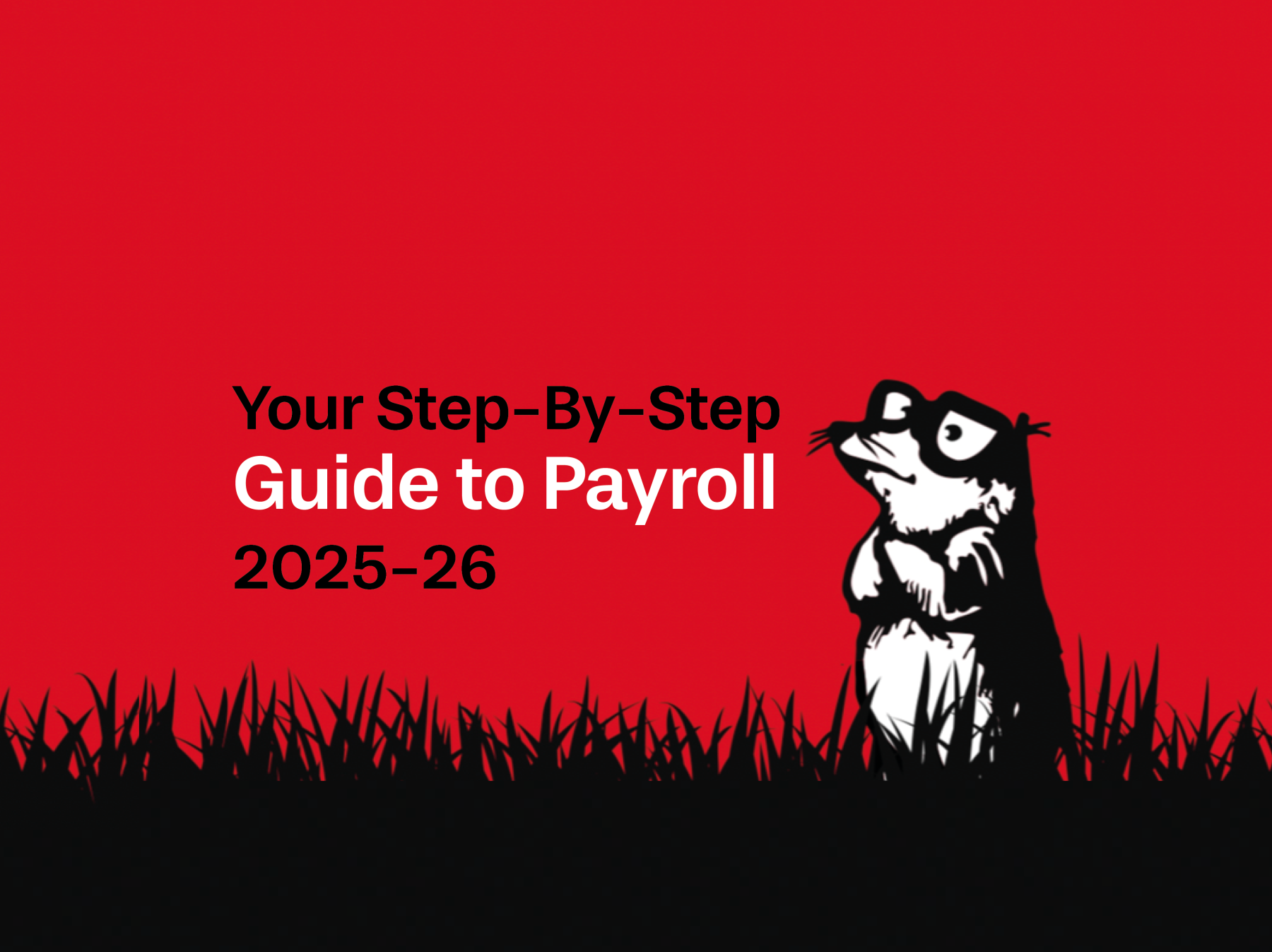Your Step-by-Step Guide to Payroll in 2025–26
20 August 2025 Reading time: 3 minutes

How do I set up payroll for my small business and stay HMRC compliant?
What are the new payroll and tax changes for 2025 in the UK?
Or, How should I pay myself as a company director in 2025, salary or dividends?
These are all questions we get asked when supporting our clients.
If you’re running a limited company, working as a sole trader with employees, or managing payroll for a partnership, getting payroll right is essential for paying your team, staying compliant with HMRC and avoiding penalties. At Quove, as chartered accountants and payroll specialists we work with businesses across Suffolk and surrounding areas, utilising tools such as QuickBooks and Xero to ensure everything is accurate, compliant, and stress-free.
We’ve created a step-by-step guide to managing payroll in 2025–26 so you don’t have to scramble around for answers, potentially finding the wrong information.
Step 1 – Understand payroll
Payroll is the process of calculating and distributing wages to employees, including PAYE, National Insurance, pension contributions, and other deductions. It also means reporting to HMRC through Real Time Information (RTI) and keeping your payroll records for at least 3 years.
Step 2 – Keep up with your reporting obligations
From April 2025:
-
Ensure you continue to report and manage your payroll through RTI (Real Time Information).
-
Submit a Full Payment Submission (FPS) every time staff are paid.
-
Submit an Employer Payment Summary (EPS) if you’re reclaiming statutory pay or have no payments to report.
Failing to file on time could result in HMRC penalties, something our team can help you avoid with our payroll and bookkeeping services.
Step 3 – Be aware of the 2025–26 payroll changes
Some of the big updates to plan for are:
-
NI threshold drops to £5,000 for employees and directors.
-
Employer NIC rises to 15%.
-
Employment Allowance increases to £10,500 (only for employers with 2+ staff above the threshold).
-
New minimum wage rates for all age brackets.
-
Pension contributions must meet workplace pension rules.
Our business accounting and tax services can ensure your payroll software reflects these changes before they hit.
Step 4 – Decide between payroll, dividends, or a mix of both
For directors, payroll provides a steady income and supports things like mortgage applications and pension contributions, while dividends are tax-efficient but don’t count towards NI benefits. Many business owners combine a small payroll salary with dividends to balance tax planning and long-term security.
Step 5 – Ensure you’re using the right accounting software
HMRC-approved payroll software, like Xero or QuickBooks, makes compliance easier, especially when combined with our VAT returns, corporation tax filing, and annual accounts support.
Step 6 – Plan and get advice
We cannot emphasise how crucial it is to plan ahead. By planning, budgeting for NICs, reviewing director salaries and differentiating between employees and subcontractors to avoid misclassification, you can save yourself money, stress and endless sleepless nights.
Final Step – Don’t wait until it’s too late
By speaking to Quove now, you’ll get proactive tax advice, smooth payroll processing, and peace of mind whether you’re a startup, growing business, or established company.
Don’t forget to explore our other topics that we can offer advice on:
-
Income Tax
-
Capital Gains Tax
-
Estate Planning
-
Corporation Tax
-
Emergency accounting support
-
Financial guidance
-
Ensuring compliance and much more
Call us today on 01284 845120 or email us on hello@quove.co.uk to enquire about any uncertainties you’re experiencing. Don’t suffer alone, we’re here to help!




